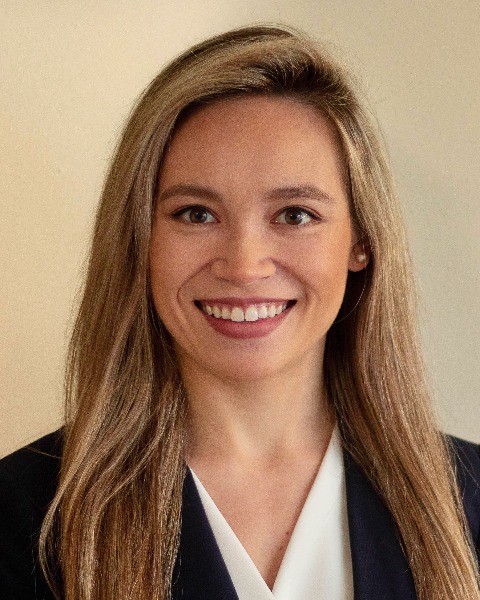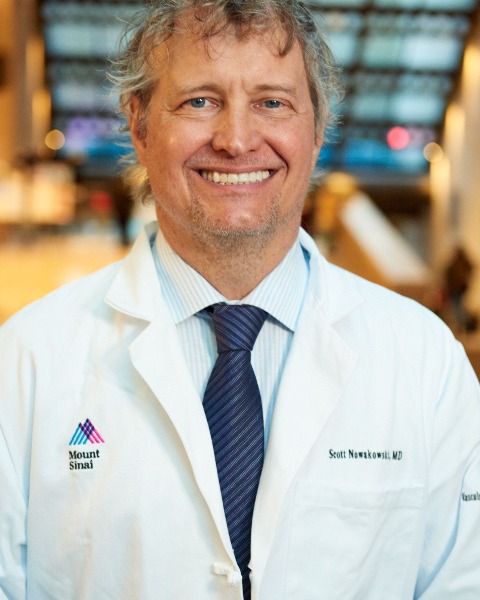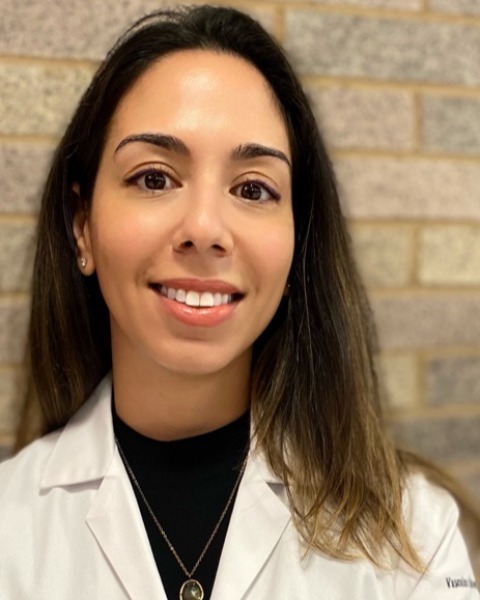Pediatric Interventions
Percutaneous Cholecystocholangiography for Early Exclusion of Biliary Atresia: A Single Center 5-Year Experience

Rachel Todd, BA (she/her/hers)
Medical Student
Icahn School of Medicine At Mount SinaiDisclosure(s): No financial relationships to disclose

Scott Nowakowski, MD
Professor of Radiology and Surgery / Vice-Chair
Mount Sinai Health System- KG
Kirema Garcia-Reyes, MD
Assistant Professor
Mount Sinai 
Vivian Bishay, MD
Associate Professor
Icahn School of Medicine at Mount Sinai Hospital.jpg)
Dan Shilo, MD
Assistant Professor
Mount Sinai
Edward Kim, MD (he/him/his)
Professor of Radiology and Surgery
Mount Sinai Health System- AF
Aaron M. Fischman, MD
Professor of Radiology and Surgery
Mount Sinai Health System - RL
Robert A. Lookstein, MD
Professor of Radiology and Surgery
Icahn School of Medicine at Mount Sinai 
Rahul S. Patel, MD, FSIR
Professor of Radiology and Surgery
Mount Sinai Medical Center
Featured Presenter(s)
Author/Co-author(s)
Materials and Methods:
A single center retrospective review from December 2017 and August 2022 of all US-guided PCC done in infants under 100 days old with concern for biliary atresia at one academic institution. Pre-procedural data and procedural details including demographic information, CBC and LFTs were collected. Post-procedural outcomes including technical success, complications, pathology findings, and ultimate treatment course were also assessed.
Results:
22 infants (15 male, 7 female; age range 27 to 98 days) were referred to the radiology department for PCC with suspected BA. A diagnosis of BA was excluded when contrast material was visualized in the gallbladder, biliary tree, and duodenum. US or fluoroscopic guided liver biopsies were also performed at the time of PCC. Patients diagnosed with BA underwent the Kasai procedure. Of the 20 patients in whom PCC was attempted, technical success was achieved in 16. Of those, BA was excluded in 14, with the following diagnoses: neonatal hepatitis (n=6), bile duct paucity of unknown cause (n=5), A1AT deficiency (n=1), total parenteral nutrition-associated cholestasis (n=1), and CMV hepatitis (n=1). BA was diagnosed from PCC in two patients and confirmed at surgery. In four cases of failed PCC, BA (n=1), vanishing bile duct (n=1), neonatal hepatitis (n=1), and Alagille Syndrome (n=1) was diagnosed. BA was also diagnosed in the two infants for whom PCC was not attempted due to lack of visualization of the gallbladder on US.
Conclusion: Percutaneous cholecystocholangiography is a safe and clinically effective technique that allows for the quick exclusion of biliary atresia at the time of biopsy without the need for a potential second invasive intraoperative cholangiogram or pathology results.

.png)
.png)
.png)
.jpg)
.png)
.jpg)
.png)
.jpg)
.png)